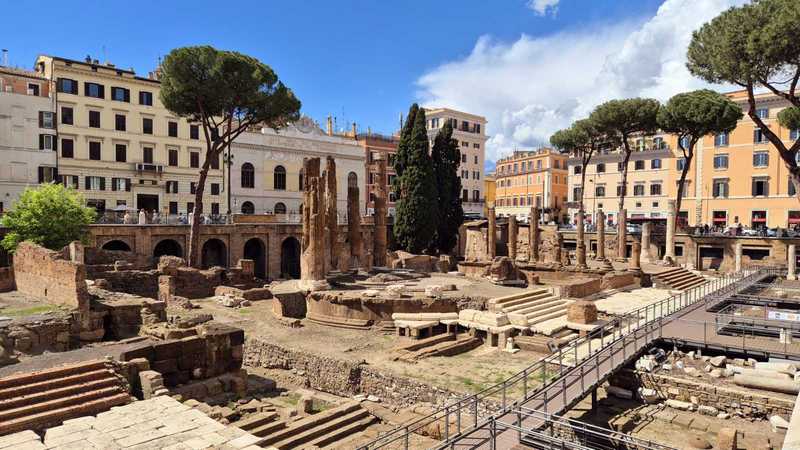
Rome is home to dozens of museums and art galleries, all of which are interesting in their own right and certainly deserve a tourist’s attention. However, if your time is extremely limited, it’s worth focusing on those museums without which your acquaintance with the Eternal City would be incomplete.
The Vatican Museums
Formally, the Vatican Museums do not belong to Rome or Italy. Yet, they are often categorized as a “must-visit” when exploring the Eternal City. This is because they constitute the largest museum complex in the world in terms of the number of art pieces per unit of space!
Visitors can marvel at over 70,000 objects and about seven kilometers of museum exhibits! It has been calculated that if you were to admire each item for just one minute, it would take you about twelve years to see everything! Indeed, the Vatican Museums house countless priceless treasures, collected by the popes over several centuries. Among them are frescoes by Raphael, paintings by Leonardo da Vinci and Titian, the famous sculpture group “Laocoön and His Sons,” and, of course, the jewel of the museums — the Sistine Chapel, with its ceiling painted by Michelangelo himself.
Colosseum, Roman Forum, and Palatine Hill
The Colosseum, Roman Forum, and Palatine Hill are an open-air museum complex and a time machine that transports you to the era of Ancient Rome. Here, you can learn how and under what circumstances Rome was founded and trace the most significant events of its history, from the royal period and the republic to the peak of the empire.
The Colosseum is undoubtedly the main symbol of the Eternal City and the largest amphitheater in the entire Roman Empire. This grand structure could accommodate up to 50,000 people, entertaining them with their favorite spectacles. Its size still impresses visitors today, so experts recommend exploring Rome not only from the outside but also from within.
The Roman Forum was the center of trade, the venue for triumphal processions, and public festivities. This is where the oldest buildings of the ancient city were concentrated — numerous temples, arches, the Curia for senate meetings, and many others. It is also where the body of Gaius Julius Caesar, who laid the foundation of the Roman Empire, was cremated.
Palatine Hill is one of Rome’s seven hills and the oldest part of the city. According to Roman mythology, it was here, in one of the caves, that a she-wolf found and nursed the future founders of Rome, the twin brothers Romulus and Remus.
Capitoline Museums
The Capitoline Museums are considered the oldest public museums in the world. Their history dates back to 1471 when Pope Sixtus IV donated a rare collection of bronze works from the ancient period to the city. Today, you can see exhibits related to Rome’s history — art created by Roman masters. One of the most valuable is the statuette depicting the Capitoline Wolf nursing the twins Romulus and Remus. Equally symbolic is the location of the museums: on Capitoline Hill, the center of political and religious life in Ancient Rome.
The museum complex also includes Centrale Montemartini — the building of a former power plant. Here, against the backdrop of turbines and steam boilers, ancient Roman sculptures and temple decorations from the Capitoline Museums’ reserves are displayed.
Borghese Gallery
If you still have some free time left, take the opportunity to visit the world-famous Borghese Gallery, which houses one of the richest art collections. The foundation of the collection was laid by Scipione Borghese, one of the most influential cardinals, known for his incredible artistic taste and diplomatic skills, which allowed him to enrich the collection with outstanding works by Italian and European masters.
